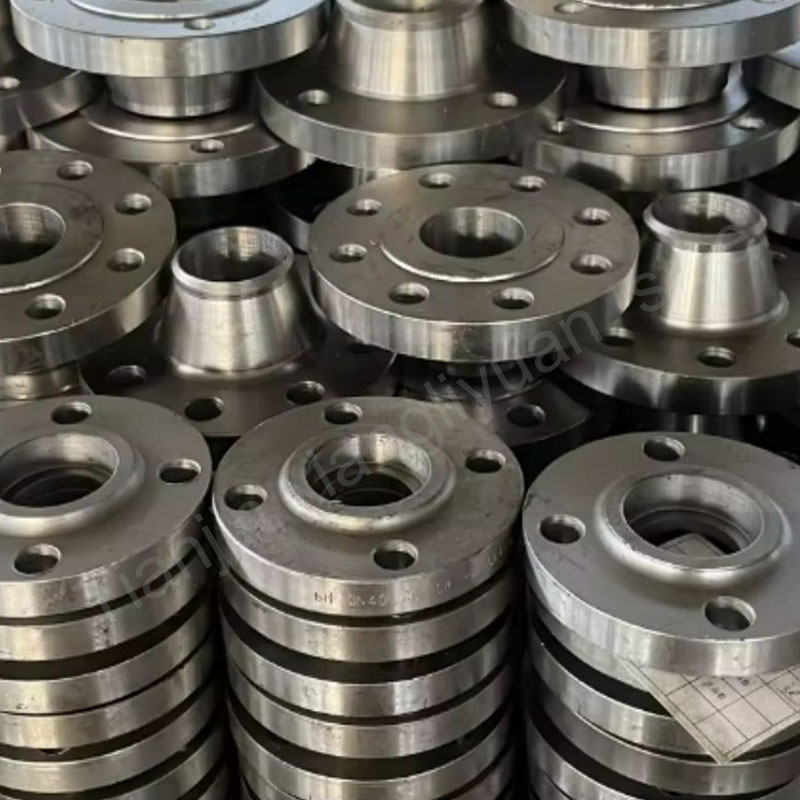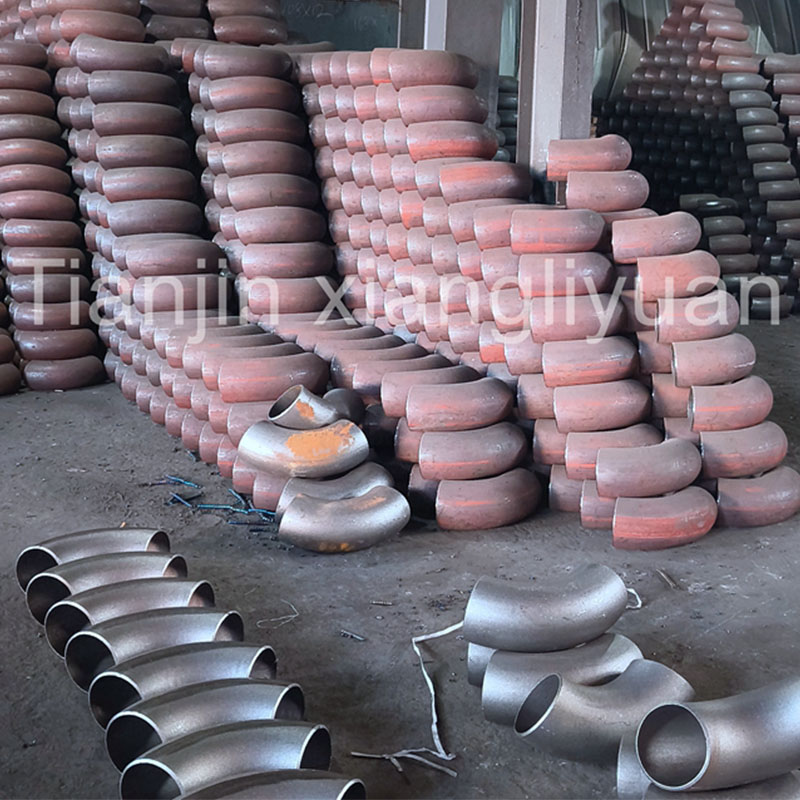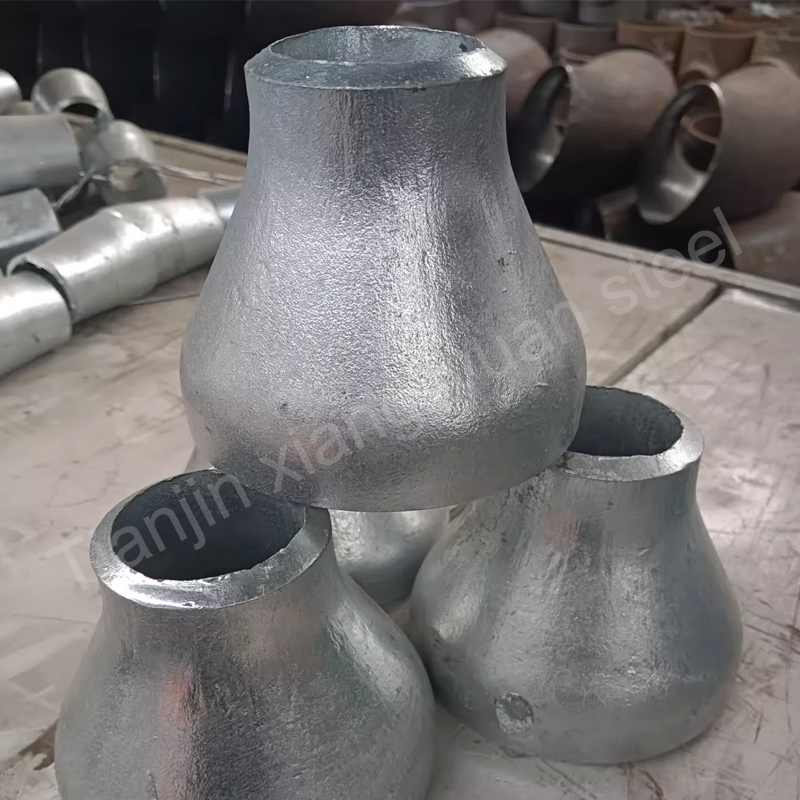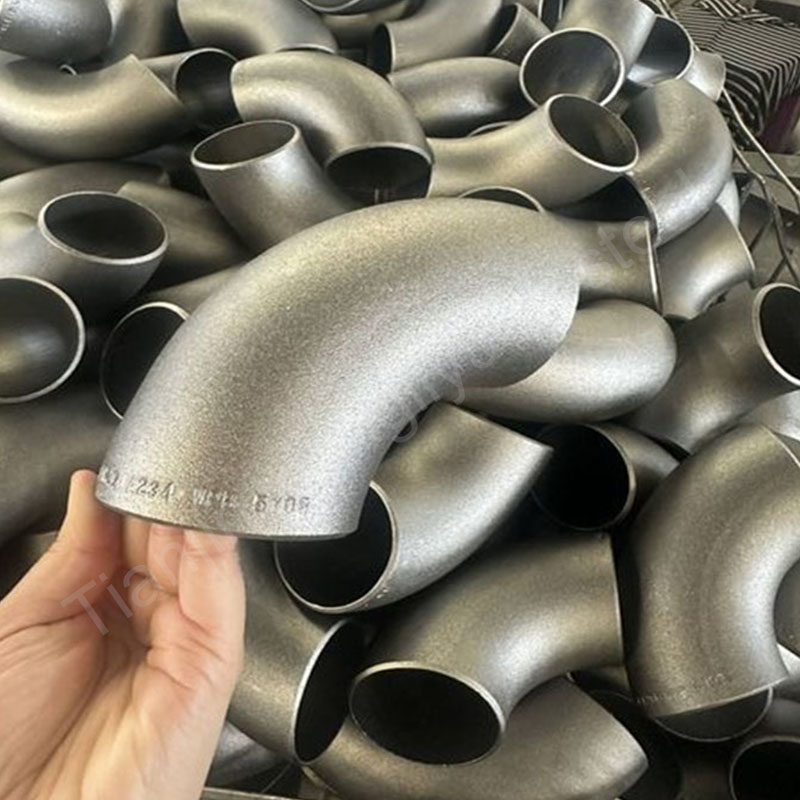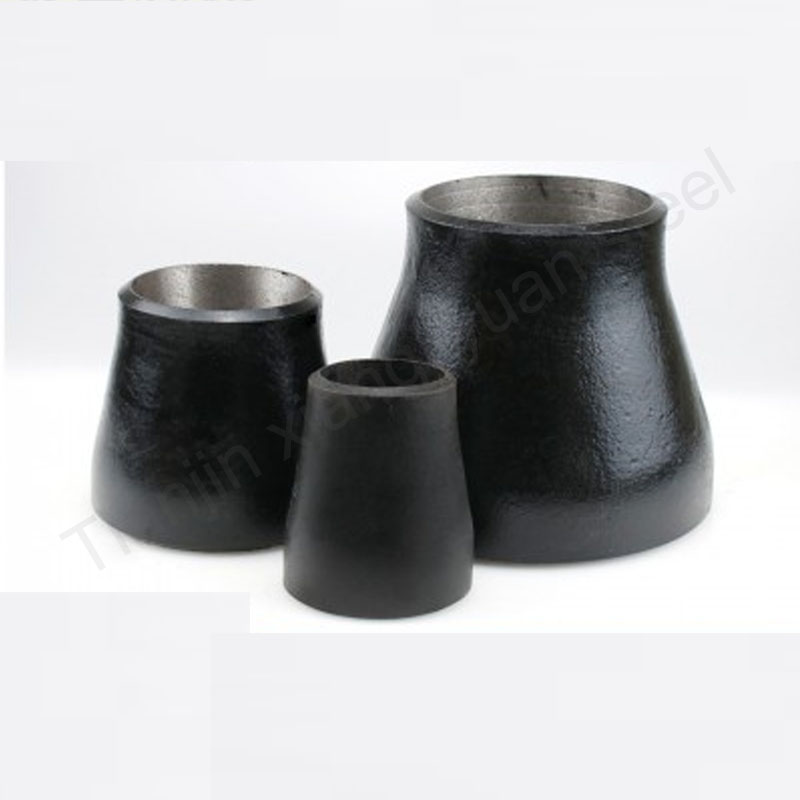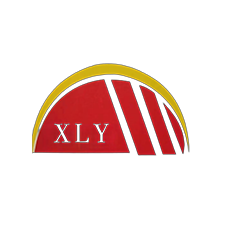Flange is a pipe fitting part that connects shafts to each other and is used to connect pipe ends; there are also flanges used on equipment inlets and outlets, which are used to connect two devices, such as reducer flanges. Flange connection or flange joint refers to a detachable connection that is connected by flanges, gaskets and bolts as a combined sealing structure. Pipe flange refers to the flange used for piping in pipeline devices, and the inlet and outlet flanges of equipment used on equipment. There are holes on the flange, and bolts make the two flanges tightly connected. Gaskets are used to seal between flanges. Flanges are divided into threaded connection (threaded connection) flanges, welded flanges and clamp flanges.
Flanges are used in pairs. Threaded flanges can be used for low-pressure pipelines, and welded flanges can be used for pressures above four kilograms. A sealing gasket is added between the two flanges and then tightened with bolts. Flanges of different pressures have different thicknesses, and they use different bolts. When water pumps and valves are connected to pipelines, parts of these equipment are also made into corresponding flange shapes, also known as flange connections. Any connection parts that are bolted around two planes and closed at the same time are generally called “flanges”, such as the connection of ventilation ducts, this type of parts can be called “flange parts”. However, this connection is only a part of a device, such as the connection between a flange and a water pump, it is not appropriate to call the water pump a “flange part”. Smaller ones such as valves can be called “flange parts”.
Classification method
1. According to the chemical industry (HG) standard: integral flange (IF), threaded flange (Th), plate slip-on flange (PL), necked butt-weld flange (WN), necked slip-on flange (SO), socket-weld flange (SW), butt-weld loose flange (PJ/SE), slip-on flange (PJ/RJ), lined flange cover (BL(S)), flange cover (BL) [2].
2. According to the petrochemical industry (SH) standard: threaded flange (PT), butt-weld flange (WN), slip-on flange (SO), socket-weld flange (SW), loose flange (LJ), flange cover (not noted).
3. According to the mechanical (JB) industry standard: integral flange, butt-welded flange, plate-type flat-welded flange, butt-welded ring-plate loose flange, flat-welded ring-plate loose flange, flange-shaped ring-plate loose flange, flange cover.
4. According to the national (GB) standard: integral flange, threaded flange, butt-welded flange, neck-welded flange, neck-welded socket-welded flange, butt-welded ring-necked loose flange, plate-type flat-welded flange, butt-welded ring-plate loose flange, flat-welded ring-plate loose flange, flange-shaped ring-plate loose flange, flange cover.
Materials: WCB (carbon steel), LCB (low temperature carbon steel), LC3 (3.5% nickel steel), WC5 (1.25% chromium 0.5% molybdenum steel), WC9 (2.25% chromium), C5 (5% chromium 0.5% molybdenum), C12 (9% chromium 1% molybdenum), CA6NM (4 (12% chromium steel), CA15 (4) (12% chromium), CF8M (316 stainless steel), CF8C (347 stainless steel), CF8 (304 stainless steel), CF3 (304L stainless steel), CF3M (316L stainless steel), CN7M (alloy steel), M35-1 (monel), N7M (Hastellite B), CW6M (Hastellite C), CY40 (Inconel), etc.
Common standards:
Ministry of Machinery Standards JB/T81-94 JB/T79.4-94 JB/T83-94
Ministry of Chemical Industry Standards HG20593-97 / HG20617-97
National Standard GB/T9119-2010
Marine Standard CB M1001-81
CB M1002-81 Flange Sealing Surface and Gasket
Thermal Power Standard D-GD87-1101
National Building Standard S02403
European Standard EN14420-2
American Flange Drilling Standard ANSI B 16.5
Flanges are widely used for their high strength and good corrosion resistance. In the fields of industry, construction and manufacturing, it is often used to connect pipes and valves of different materials, sizes and pressure levels, as well as in occasions where the flow direction needs to be changed or repairs and tests are carried out. Flanges are particularly suitable for piping systems of air, water, steam and other non-corrosive media. However, it should be noted that carbon steel flanges have relatively poor corrosion resistance, are prone to rust, and may be deformed by heat at high temperatures, so regular maintenance may be required in some special environments. Usually, to prevent rust, the carbon steel flange surface has an electroplating layer (yellow zinc, white zinc, etc.), or is brushed with anti-rust oil and sprayed with anti-rust paint.

